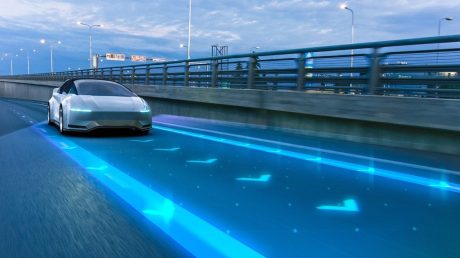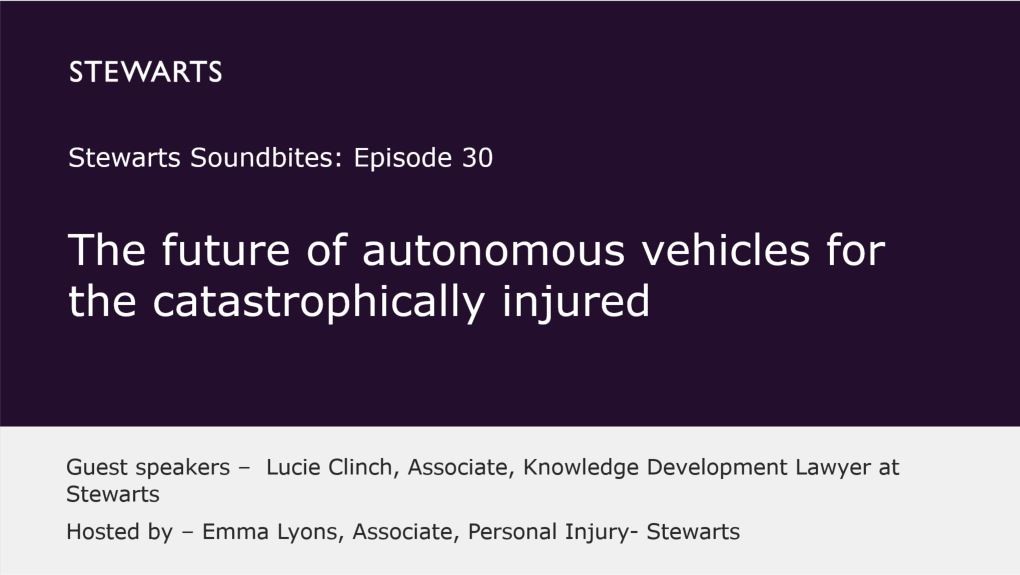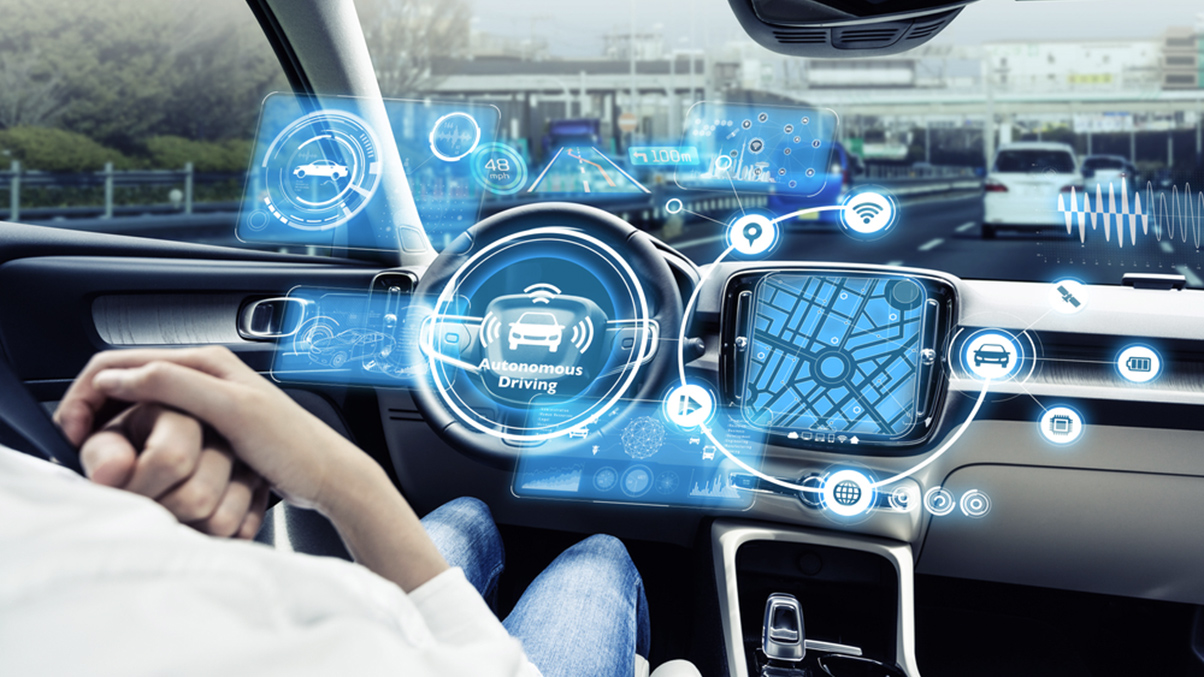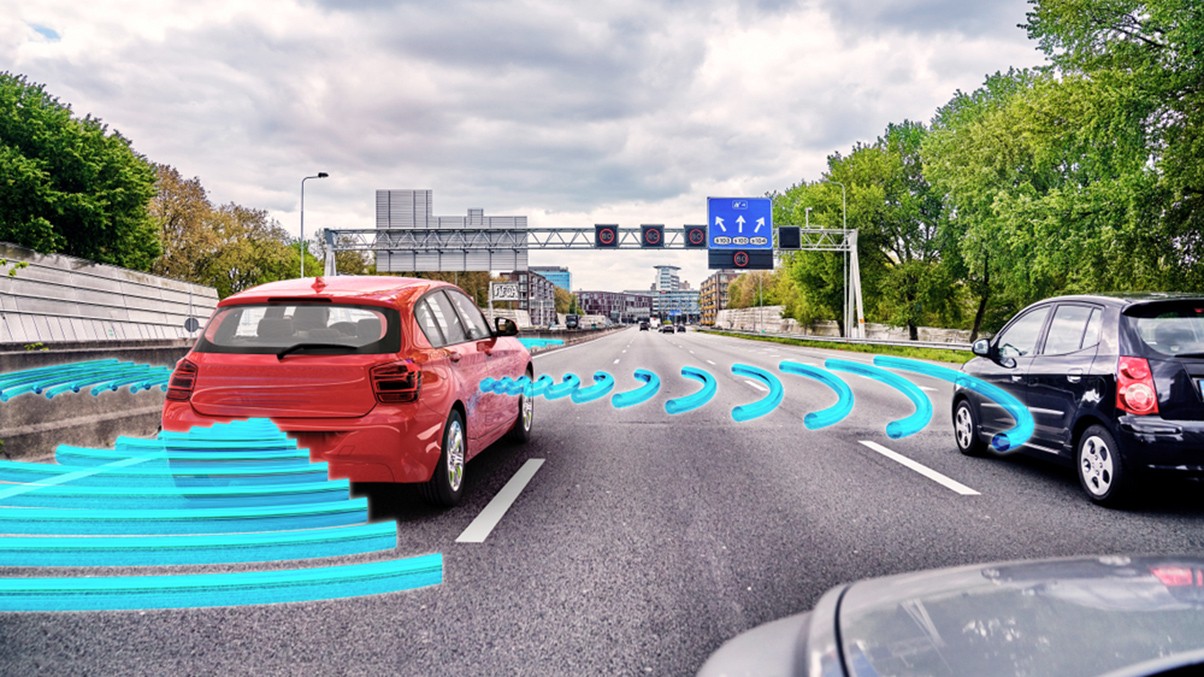In November 2023, soon after the first King’s Speech, the Automated Vehicles Bill was introduced into parliament to regulate the use of automated vehicles (“AVs”) on roads and other public places in Great Britain. The Bill referenced in this piece received Royal Assent and became The Automated Vehicles Act 2024.
In this article, prepared ahead of publication in the May 2024 edition of PI Focus, Lucie Clinch evaluated the elements of the then-Bill that may be of interest to personal injury practitioners.
What does the Automated Vehicles Bill do?
The Automated Vehicles Bill aims to implement the recommendations made by the Law Commission of England and Wales and the Scottish Law Commission over a series of consultations. It sets the scene for a wide-ranging regulatory landscape for autonomous vehicles. This article considers some but not all of the proposed new legislation and regulations in the Bill, based on the time of writing in March 2024.
In summary, the Bill aims to:
- create a regulatory framework for automated vehicles
- establish criminal liability for vehicle use
- address policing and investigation
- set conditions for the marketing of automated vehicles
- set up a system for granting permits for automated passenger services
- specify how existing regimes would be adapted to accommodate the measures adopted.
At the centre of the new wide-ranging regulations and legislation is the aim to improve overall road safety. The majority of road accidents involve human error as a contributory factor, so it is hoped the introduction and deployment of autonomous vehicles will go some way to reducing accidents and improving road safety for all.
The importance of defining a new vehicle type
The Law Commissions considered at length how best to define these vehicles, which can technically “drive themselves”. The Law Commission considered in detail the potential problems with definitions such as “self-driving” or “driverless” and considered “autonomous vehicle” likely to be most appropriate. The government seem to have accepted this; its definition of autonomous vehicles on release of the Bill was quite unwieldy, but the Bill names these vehicles “authorised autonomous vehicles” and confirms in section 1(5):
“A vehicle travels ‘autonomously’ if—
(a) it is being controlled not by an individual but by equipment of the vehicle, and
(b) neither the vehicle nor its surroundings are being monitored by an individual with a view to immediate intervention in the driving of the vehicle.”
All authorised autonomous vehicles are to pass a “self-drive” test before being defined as autonomous for the purposes of the new Act. The substance of this test is yet to be considered in secondary legislation, but once the vehicle passes the test, it will be placed into one of two categories, which are:
- Those with a “user-in-charge” (UiC) function
- This means the vehicle can either be driven or drive itself for some or all of a journey. If it is driving itself, the “driver” is not responsible for its driving but retains responsibility for insurance and roadworthiness. If the vehicle is being driven by the “driver” as normal, it is treated as a conventional vehicle.
- Those with a “no-user-in-charge” (NUiC).
- This would be a journey where the AV drives itself for the whole journey. The occupant would not be a “driver”, and the vehicle might not be able to be “driven” as normal. I believe these would be the more futuristic type vehicles that may not have a steering wheel, for example. The vehicle would be monitored by a third-party licensed operator, which would also be responsible for insurance and maintenance.
The Bill brings in several new terms and principles that we should become familiar with.
- User in charge and immunity
The introduction of a User in Charge (UiC) gained a lot of support in the consultation stage. At the same time, concerns were raised about the level of responsibility or potential liability a UiC might face concerning an accident involving an AV. The Bill confirms that a UiC is not liable for the manner of driving where the offence (a) results from something done by the vehicle while the individual was its user-in-charge, and b) does not also result from the individual’s conduct after ceasing to be the user-in-charge falling below the standard that could reasonably be expected of a careful and competent driver in the circumstances.
There is an exception to this rule in section 48(1) of the Bill, which removes this immunity for the UiC if the act that would constitute the offence takes place after (a) a transition demand has been issued in accordance with authorisation requirements, and (b) the transition period has ended. In short, if the vehicle issues a “demand” for the UiC to take over control and the UiC fails to do so in time, the UiC will be liable.
It was felt during the Law Commission consultations that vehicles with UiC capability might face restricted popularity if a UiC was going to be liable for how the vehicle drives in “autonomous” mode where the UiC is perceived to have no control over this.
- The transition demand – what is it?
A transition demand is a demand communicated by equipment in the vehicle to alert the UiC to assume control of the vehicle by the end of a period of time (the “transition period”). If a third party is injured by an AV with a UiC, the difficulty will be in proving whether a transition demand was issued and, if it was, whether the UiC failed to respond in time.
Section 7 requires the Secretary of State to impose authorisation requirements for transition demands that ensure:
- the transition demand is capable of alerting anyone who may be the UiC, including those with disabilities,
- there is enough time for the UiC to prepare and assume control of the vehicle.
- the vehicle can continue to travel autonomously, safely and legally during the transition period, and
- the UiC will be alerted that the transition period is ending.
In addition, the vehicle should be able to deal with a situation where a UiC fails to assume control by the end of the transition period. This final aspect will be difficult for the manufacturers to address. A number of AVs will be programmed to come to a “safe stop” in this scenario, but what if it does so and causes an accident?
This is all interesting in the context of liability considerations given that the transition demand timing has yet to be determined, and the content of the “alert” in terms of haptics, sounds, etc., is not set out. It could be just a few seconds. However, it is important the alert is not just limited to sound, restricting use for the deaf and hard of hearing, and that the alert includes haptics or vibrations, as needed. Manufacturers will need to consider these aspects carefully so that UiCs with disabilities are not precluded from autonomous driving.
It remains to be seen how a UiC will be able to claim immunity when the vehicle holds the information to expunge that UiC from liability.
- Automated Self Driving Entity (ASDE)
In line with the Law Commission’s recommendation, the ASDE is introduced by the Bill. This legal entity will be responsible for ensuring an authorised automated vehicle continues to meet the self-driving test and other regulatory requirements. The ASDE will have obligations to provide information to the Secretary of State in its regulatory capacity and the Secretary of State must ensure that the ASDE is a suitable organisation with sufficient financial standing and of good repute.
Ultimately, while a vehicle is driving itself, the ASDE will assume the bulk of the legal responsibility for how its vehicles “drive” (and possibly “behave”) and be answerable if the vehicles fall below the safety standard. The ASDE will be legally liable for these issues rather than the motorist. As a result, the potential for blame shifts away from a driver or motorist to a faceless organisation, which is also responsible for making sure the vehicle remains safe as long as it is on the road.
Responsibility for meeting the safety standards set by the government will lie with the ASDE. Whether the ASDEs are able to do so will not be discernible until these vehicles reach the roads and accidents begin to happen.
Debates around the Bill considered if there should be a “presumption” of liability upon the ASDE (not necessarily the insurer) in any AV accident unless proved otherwise. However, this was dismissed to be reconsidered once the vehicles are in use. It is not, therefore, in the proposed legislation.
The new safety standard:
It is encouraging to see that on its passage through the report stage, the government agreed an amendment to the safety ambition statement, to read:
“(a) Authorised automated vehicles will achieve a level of safety equivalent to, or higher than, that of careful and competent human drivers, and
(b) road safety in Great Britain will be better as a result of the use of authorised automated vehicles on roads than it would otherwise be.”
This is big talk from the government and shows a commitment to public acceptance of these vehicles. The government considered in the debates that it was imperative the standard was as high as possible to support the assumption that AVs must be safer than conventional vehicles to encourage public acceptance.
Statutory inspectors
The Bill requires the Secretary of State to appoint one or more persons to take the role of an inspector to investigate incidents involving automated vehicles. The role will be to identify and understand incidents, as well as reduce the risk of harm arising from the use of automated AVs on roads in Great Britain. The inspector will not be required to establish blame or liability on anyone in relation to an incident but to neutrally evaluate the events in order to report.
The notes on the Bill confirm the government is guided by “international standards” as to the appointment and remit of these inspectors, and thus, the objective “of the investigation of an accident or incident shall be the prevention of accidents or incidents. It is not the purpose of this activity to apportion blame or liability.” The government states this independence of investigation is an essential feature of existing safety investigation regimes in the UK and internationally.
There is a set of criteria around the type of incident that may be inspected and the appointment of inspectors to investigate them.
The government previously announced the creation of a new Road Safety Investigation Branch in 2022, aimed at bringing road safety into line with similar independent bodies for air, maritime and rail accidents.
This is another positive commitment in the Bill, as a specialist investigation branch was widely supported in the consultations. It remains unclear who will be responsible for training individuals in the investigation branch. We can assume they will need some background in the technology involved in AVs to assess how to reduce risks arising from the use of AVs in Great Britain. It is important appropriate resources are available to source, train and retain staff to ensure maximum effectiveness.
The safety inspector will also be able to report on safety issues with a view to improving road safety overall.
Civil liability and other issues debated on the way to the House of Commons
In relation to personal injury claims specifically, it is worth noting that in an earlier debate in the House of Lords, the Association of Personal Injury Lawyers (APIL) briefed the government that the requirement for the vehicle to be “driving itself” under the terms of section 2(1) of the Automated and Electric Vehicles Act 2018 (the AEVA) and for a victim to prove this could make claims complex. It would potentially require the involvement of manufacturers and insurers and delay payment of compensation. There were opportunities to amend the AEVA via the Bill, so Lord Liddle sought to remove the requirement for the vehicle to be “driving itself” to enable the victim of an accident to claim compensation from the insurer without proving this.
As touched on above, regarding transition demands, Lord Liddle also queried “who” or “what” is in charge in any period between the vehicle issuing a transition demand and the driver taking over control. Should an accident happen in that time, who is to blame and how would a victim prove it? What if the driver takes over control but cannot prevent an accident? Who is responsible? He did not get an answer.
The proposal for amendment was ultimately withdrawn with the promise of further discussions on the basis there is an understanding that there is no need for claimants to prove the automated vehicle was “driving itself”. The Transport Secretary confirmed that the AEVA “assigns the insurer first instance liability in incidents caused by an automated vehicle that is driving itself… and the victim is able to claim compensation from the relevant insurer whether there is an at fault driver or whether the vehicle was in self-driving mode”, effectively leaving the “insurer to determine by which insurance the claim is covered”. It is not clear how this will work out in reality in the event of an accident under the terms of the AEVA 2018.
You can find further information regarding our expertise, experience and team on our Personal Injury page.
If you require assistance from our team, please contact us.
Subscribe – In order to receive our news straight to your inbox, subscribe here. Our newsletters are sent no more than once a month.





